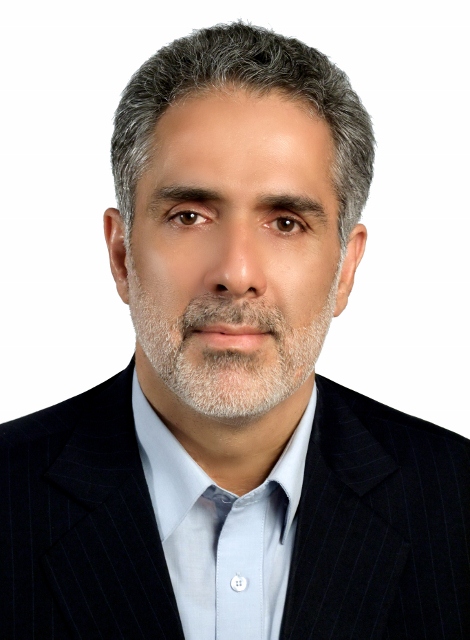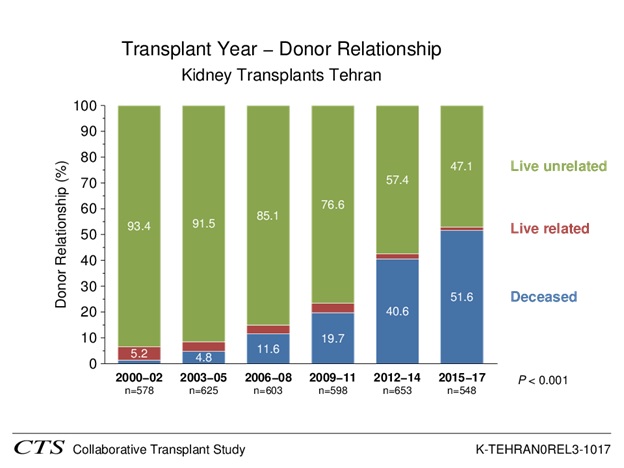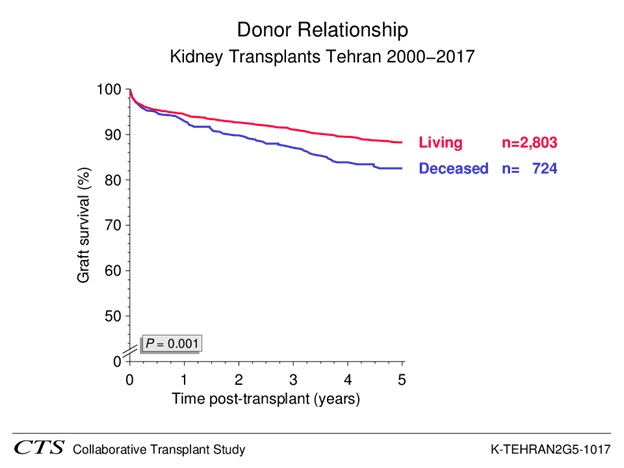
Living Unrelated Kidney Transplantation: Does it Prevent Deceased Donor Kidney Transplantation Growth?
Nasser Simforoosh1, Abbas Basiri1, Ali Tabibi1, Mohammad Nadjafi-Semnani1.
1Department of Urology And Kidney Transplantaion, Shahid Labbafinejad Hospital, Urology Nephrology Research Center, Shahid Beheshti Medical University, Tehran, Iran
Introduction: It is usually assumed that an active living program inhibits deceased donor kidney transplantation (DDKT) program growth. Our 33 years’ experience proves that the contrary can be true.
Material and Method: From 1984 until 2017 we performed a total of 4966 Kidney transplantations. All cases registered at Collaborating Transplant Study (CTS) at Heidelberg.
Results and Discussion: In the first 16 years, only living kidney transplantation was done. We started first living unrelated kidney transplantation (LURDKT) in 1986 from a wife to the husband leading to the first LURDKT program in our country which was a breakthrough.
In 2000, the Iranian Parliament passed the deceased donor transplantation act, and we started deceased donor kidney transplantation (DDKT) since then. DDKT grows steadily since then and now is above 50% of our kidney transplantations. Fig.1.
Our five years survival from CTS report in 3527 cases in 114 living related cases is 90%. The five-year survival rate for the living unrelated (2689), and deceased donor (724) transplantation were, 88%, and 83% respectively (P=0.001). Fig.2.
In this presentation, upgraded Iranian model will be discussed in more detail.
Conclusion: Our data prove that DDKT has grown steadily in spite of active LURDKT program. These data show that waiting list for kidney transplantation can be significantly reduced by following our model; both for developed and developing countries.

